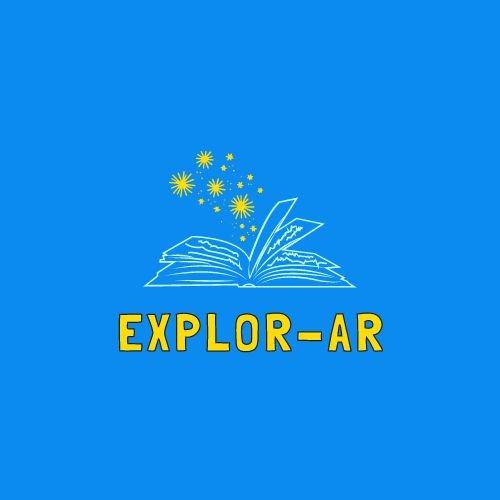Explor-AR
Explore the World without Leaving the Classroom
Created on 25th March 2023
•
Explor-AR
Explore the World without Leaving the Classroom
The problem Explor-AR solves
As technology advances, traditional classroom learning alone is no longer sufficient to provide students with a comprehensive understanding of the world. To truly grasp the concepts they are taught, students require immersive and interactive experiences, particularly when learning about museums and geographical locations. However, field trips to these places are often impractical due to cost, logistics, and safety concerns, preventing many students from experiencing them firsthand. This lack of exposure can hinder students' comprehension and appreciation of the subject matter.
To overcome this challenge, we propose the development of an educational platform that utilizes Augmented Reality to provide students with immersive and interactive experiences of museums and geographical locations. This platform will provide students with a safe, cost-effective, and engaging way to explore these places.
Our project aims to enhance students' learning experience and promote a deeper understanding of the subject matter by providing them with a virtual experience of museums and geographical locations. We aspire to bridge the gap between traditional classroom learning and real-world experiences, making education more accessible and engaging for all students.
Challenges we ran into
As we set out to develop Explor-AR, we faced numerous challenges that tested our skills and determination. One of the most significant challenges was creating a 3D model of the museum and its geographical locations. We had to work tirelessly to ensure that the model was accurate and precise, taking into account every detail and aspect of the location. The process was time-consuming and required a great deal of effort, but we knew that it was crucial to the success of the project.
Another challenge we faced was placing the camera around the model to provide a seamless and realistic experience for users. We had to test various camera angles and positions to ensure that users could navigate through the museum or geographical location without any interruptions or glitches. This process took a lot of time, and we had to resize the model multiple times to ensure that everything fits perfectly.
Despite these challenges, we persevered and ultimately succeeded in creating Explor-AR, an educational platform that offers students immersive and interactive experiences of museums and geographical locations. Our dedication and hard work paid off, and we are proud to have developed a project that bridges the gap between traditional classroom learning and real-world experiences.
Technologies used
